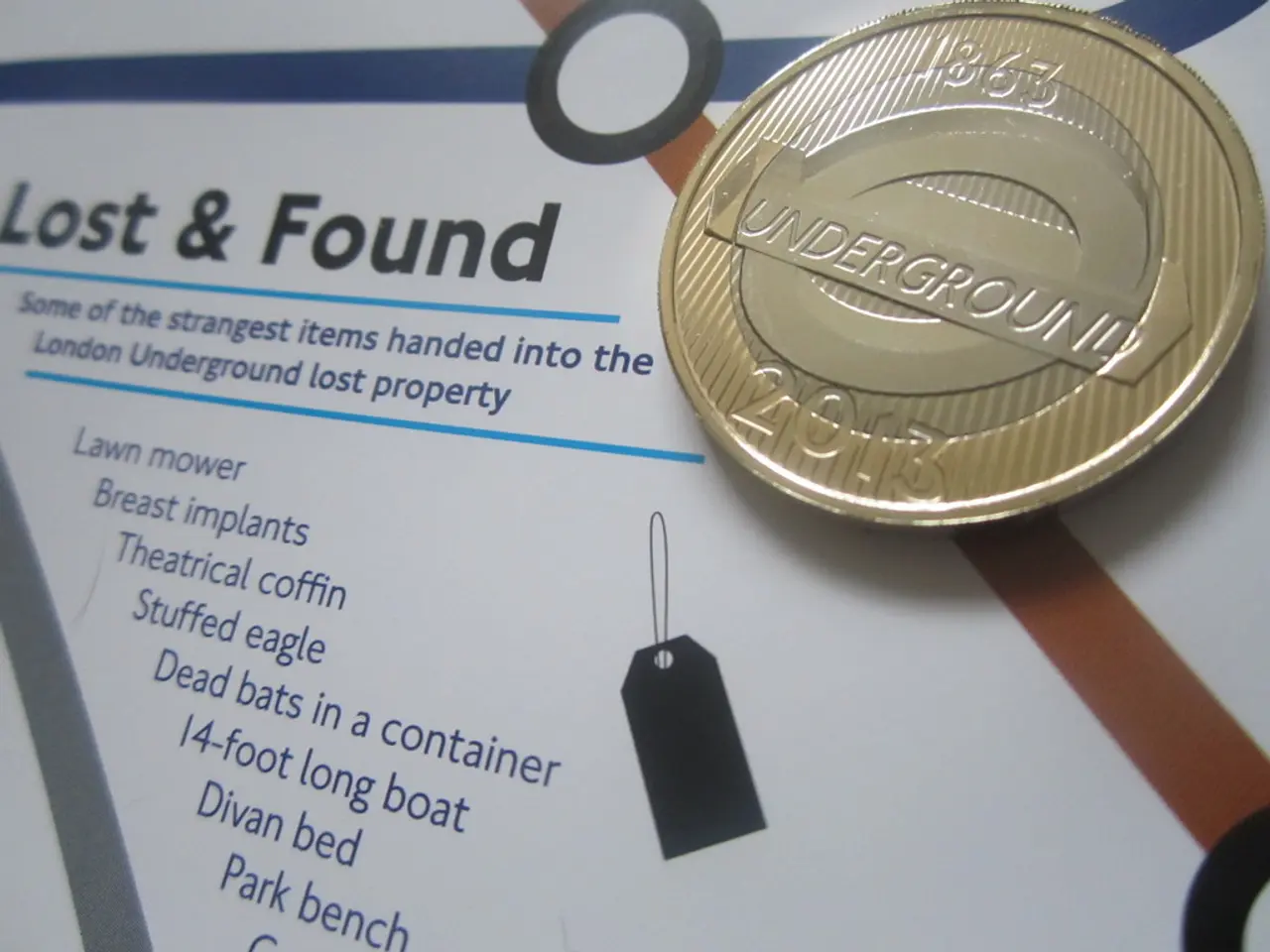Economic outlook clouded by trade conflict as ECB maintains interest rates unchanged
As of late July 2025, the EU-US trade negotiations are ongoing but remain tense and unresolved. The U.S. under President Trump has imposed and threatens to escalate tariffs on a broad range of European imports, including steel, aluminum, automobiles, pharmaceuticals, and semiconductors. These tariffs can reach as high as 50% or more, with proposals for blanket tariffs up to 30% or at least 15% on EU goods unless the EU significantly reduces its tariffs on US exports.
The EU, for its part, has launched public consultations on potential countermeasures, including tariffs on major US products worth tens of billions of euros if no agreement is reached. Negotiations are aiming for a preliminary deal before August 1, 2025, the date when the current suspension of reciprocal tariffs by the US government is set to end.
Impact on the Euro Zone Economy and Inflation
The imposition or escalation of tariffs would raise the cost of imported goods and inputs for European businesses, which could slow economic growth in the euro zone by disrupting supply chains and increasing production costs. Higher import costs and retaliatory tariffs could also push consumer prices upward, contributing to inflationary pressures at a time when inflation is a key concern for European policymakers.
The uncertainty generated by these trade tensions may reduce investment and trade flows between the EU and the US, further dampening economic prospects in the euro area. If a deal is reached, a broad tariff of 15% on US imports of European Union goods could be imposed.
The European Central Bank (ECB) and Interest Rates
The ECB remains in a "wait and watch" position regarding future interest rate decisions. The ECB will decide interest rate changes meeting by meeting based on its assessment of the inflation outlook and the risks surrounding it. As of now, inflation is back at the ECB's 2% goal and is expected to stay there.
The ECB cut its policy rate to 2% last month, down from 4% a year earlier, and is monitoring the dollar-euro exchange rate but has no target. Money markets are pricing in a further interest rate reduction, probably by March.
Outlook for the Euro Zone Economy
The euro zone economy is showing some tentative signs of acceleration but growth remains modest. Berenberg economist Holger Schmieding believes the euro zone economy may regain momentum from the fourth quarter onwards. MUFG's Europe economist Henry Cook states that even in a benign outcome (ie US tariffs around 10%), there is scope for further easing as the disinflation process broadens.
The ECB's policy-making Governing Council painted a balanced picture of the economy, with the euro's appreciation unnerving other policymakers who fear a stronger currency would make European exports less competitive and contribute to pushing down inflation. The euro zone's inflation outlook remains a key concern for the ECB, with the ECB's baseline projection from June, which incorporates 10% tariffs from the US, seeing price growth below 2% over the next 18 months.
The European Central Bank chief, Christine Lagarde, voiced hope for swift resolution of international trade tensions. If a deal is reached, it could provide a boost to the euro zone economy and help alleviate inflationary pressures. However, the ongoing uncertainty and the potential for further escalation of tariffs remain a significant risk to the euro zone's economic outlook.
References
- EU considers countermeasures against US tariffs
- Trump threatens new tariffs on EU cars
- EU, US aim for preliminary deal before August 1
- The ongoing trade disputes between the EU and US, involving tariffs on various goods like steel, automobiles, and pharmaceuticals, could escalate and negatively impact the general-news, business, and finance sectors.
- If a preliminary deal is not reached before August 1, the EU might impose countermeasures such as tariffs on major US products, which could add to inflation concerns within the EU and potentially disrupt the global economy.




